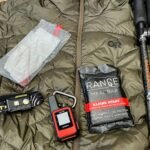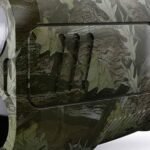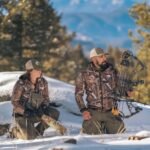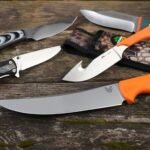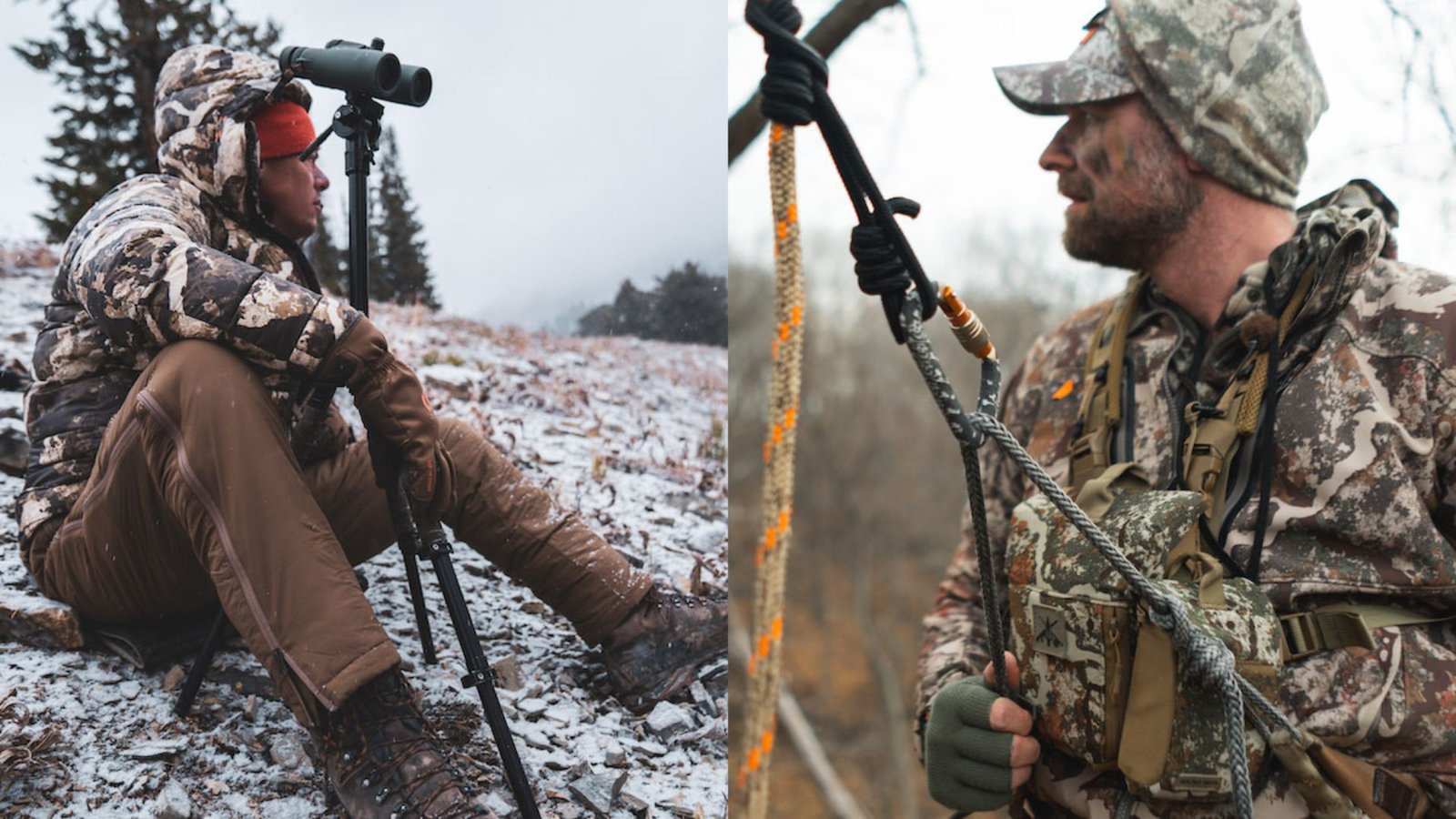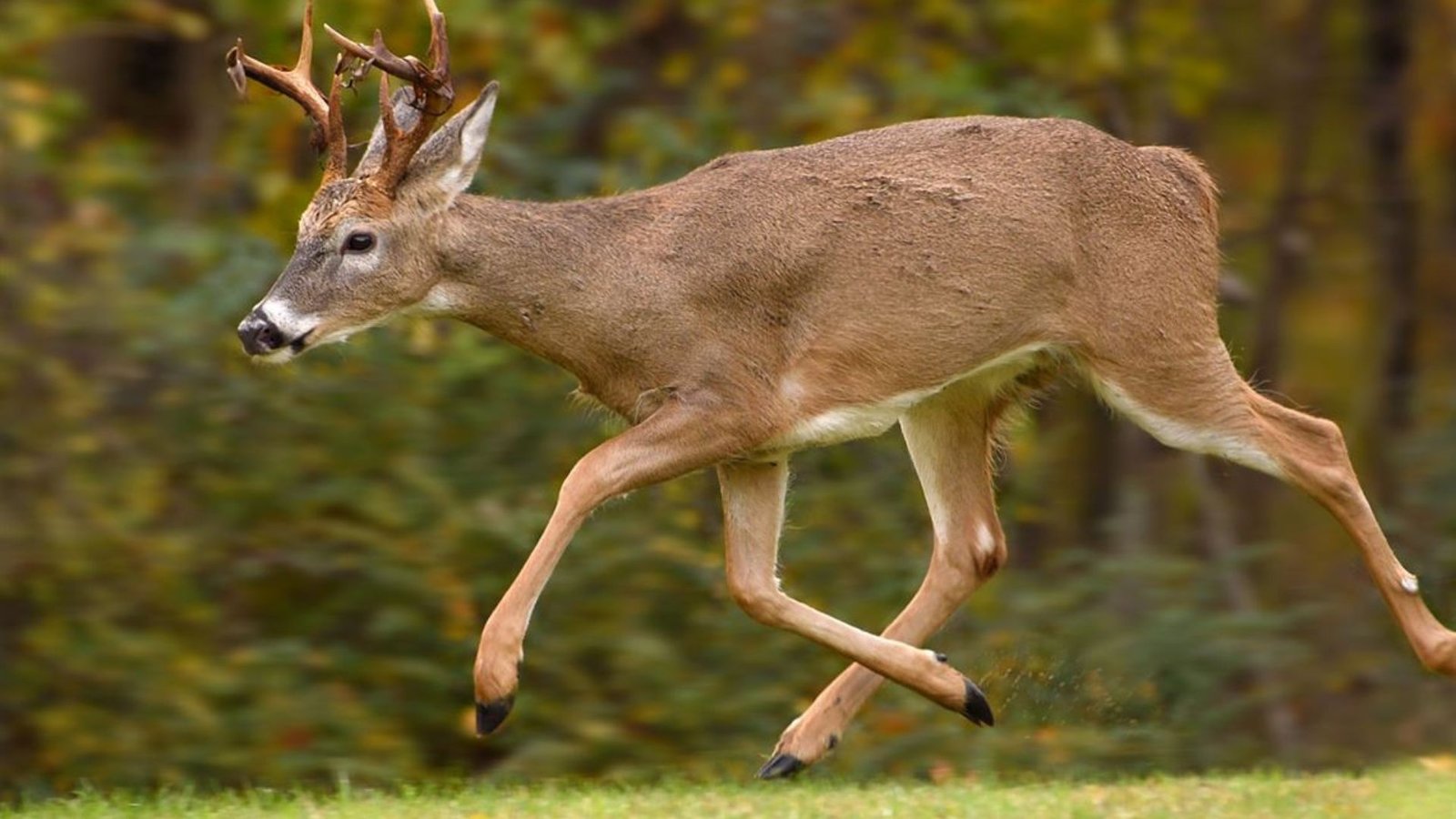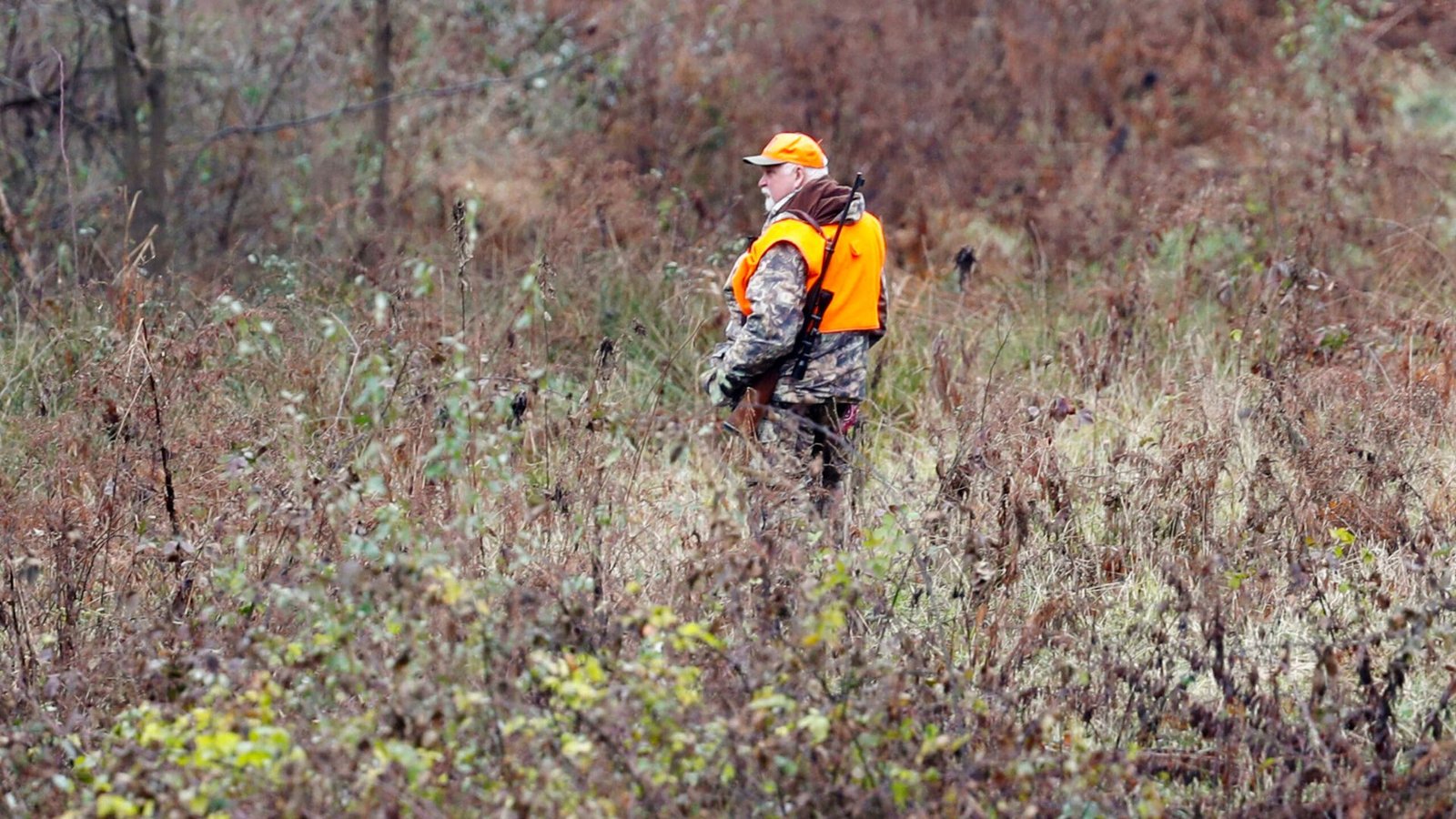When it comes to tracking deer, silence is key. Deer are incredibly sensitive to noise, and even the slightest sound can send them running in the opposite direction. Whether you’re hunting or just observing, knowing how to move quietly can greatly improve your chances of successfully tracking deer. In this article, we’ll share some of the best tips for tracking deer quietly, ensuring that you don’t alert your prey to your presence.
1. Move Slowly and Deliberately
One of the most important things to keep in mind when tracking deer is to move slowly and deliberately. Rapid movements can create noise and alert the deer. Instead, take slow, careful steps, paying attention to your surroundings. Focus on where you place your feet, and try to avoid stepping on dry leaves, twigs, or branches. When you move at a steady pace, you reduce the chance of startling the deer.

2. Watch Your Footsteps
Your footsteps can be one of the loudest noises you make while tracking deer. To minimize sound, try walking on soft surfaces, like grass or dirt, whenever possible. If you have to walk over a dry area or leaves, do so gently and with control. Take smaller steps and try to roll your foot from heel to toe rather than placing your whole foot down at once. By being mindful of your footsteps, you can reduce noise and stay stealthy while tracking.
3. Use the Wind to Your Advantage
The wind plays a crucial role when it comes to tracking deer quietly. Deer have an exceptional sense of smell, and if the wind is blowing toward them, they will likely smell you long before you get close. Always check the wind direction before you move, and try to position yourself so that the wind is at your back. This way, the scent will carry behind you instead of toward the deer. When you move, adjust your path if needed to keep the wind in your favor.
4. Stay Low to the Ground
Another useful tip for tracking deer is to stay low to the ground. By crouching or walking with a slight bend in your knees, you can minimize your visibility to the deer. Deer are often more alert to movement above them, so staying low to the ground helps you blend in better with the environment. This can also reduce the chance of making noise by disturbing branches or brush that might be higher up.
5. Be Aware of Your Gear
Your gear is another important factor when tracking deer quietly. Noisy clothing, loose gear, or equipment that rattles can give away your position. When choosing your hunting clothes, opt for soft fabrics that don’t rustle or swish when you move. Also, make sure your equipment is securely fastened. For example, use a backpack with straps that won’t flap in the wind, and make sure that any metal items, like knives or tools, are tightly secured to avoid unnecessary noise.
6. Stay in the Shadows
To remain unnoticed while tracking deer, it’s important to stay in the shadows. Avoid walking out in the open, where you might be easily spotted by a deer. Instead, try to move along the edges of forests, fields, or other areas where there is natural cover. The more you can stay out of sight, the less likely the deer will sense your presence. Use trees, bushes, and terrain to your advantage, positioning yourself in such a way that you are hidden from view.
7. Avoid Loud Noises
As you track deer, avoid making any unnecessary noise. This means not only being careful with your footsteps but also avoiding sudden movements that could create noise. For example, don’t drop anything from your hands, and be mindful of any sounds made when you push through dense vegetation. A deer’s sensitive hearing can pick up even the faintest noises, so stay as quiet as possible.
8. Use the Terrain to Your Advantage
When tracking deer, the terrain can either help or hinder your stealth. Try to use natural features, such as hills, valleys, and thickets, to move quietly. Walking downhill or across a slope can minimize noise, as you won’t be stepping on as many dry twigs or leaves. Also, try to follow trails or paths that the deer are likely to use. These areas often have softer ground, making it easier to move without making noise.
9. Control Your Breathing
One factor often overlooked when tracking deer is your breathing. While you may not realize it, heavy breathing or excessive movement can be detected by nearby deer. Try to regulate your breathing to avoid panting or breathing too loudly. Take slow, controlled breaths and remain calm. If you find yourself becoming anxious or excited, take a moment to focus on controlling your breathing. This can help you stay composed and move quietly.
10. Learn to Read the Signs
Finally, tracking deer isn’t just about moving quietly; it’s also about learning to read the signs left behind. By paying attention to tracks, droppings, rubs, and other signs, you can adjust your movements accordingly. For instance, if you find fresh tracks, you may want to slow down or stop entirely, as the deer could be close by. The more you learn to read these signs, the more efficiently you can move without disturbing the area.
Finding Balance with Outdoor Adventures and Relaxation
At Deer Tracks Ranch, we believe in the power of outdoor experiences to rejuvenate the mind and body. For those moments when you’re indoors and looking for a bit of fun, try exploring https://www.gambling360.com/casino-games/free/, where you can enjoy some light, free-to-play games. Whether you’re enjoying nature or taking a break, it’s important to find ways to unwind and have fun. A balanced lifestyle includes both outdoor adventures and moments of indoor relaxation.
Conclusion
Quietly tracking deer requires patience, skill, and an understanding of your surroundings. By moving slowly, staying low, and being mindful of your gear, you can reduce noise and avoid alerting the deer to your presence. Remember to use the wind, stay in the shadows, and control your breathing. With practice, you’ll become better at silently tracking deer, increasing your chances of success whether you’re hunting or just observing wildlife.



